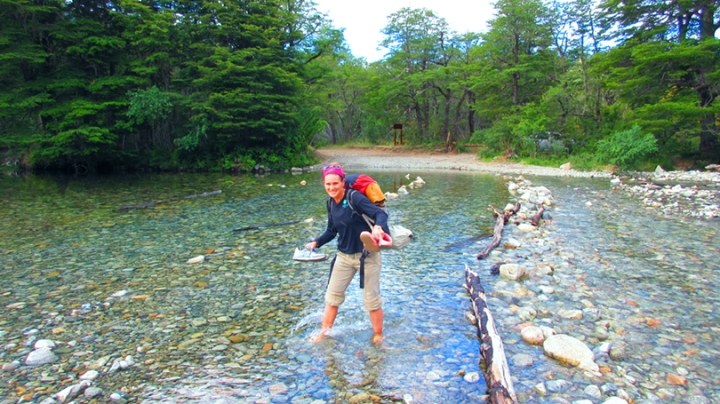Salt can be good, and it can also be bad. Sprinkled on food, it makes things tastier, but it may also raise your blood pressure. Spread on winter roads, it can make driving safer, but the melting runoff contaminates nearby lakes and ponds.
In a study that gathered data from hundreds of lakes in the Northeast and the Midwest, a Dartmouth researcher and colleagues have found dramatic evidence of highway salt’s impact.
PhD student Flora Krivak-Tetley is co-author of a paper published recently in the Proceedings of the National Academy of the Sciences that documents the impact of road salt—predominantly sodium chloride—on Northeastern and Midwestern lakes. Of the 371 lakes analyzed, “44 percent were found to have undergone long-term salinization,” the authors write.
Krivak-Tetley says the increasing concentration of salt in lakes and ponds is generally acknowledged as a growing problem. However, she says, “this is the first paper to say so and back it up with long-term data.”
Mirror Lake in New Hampshire’s Hubbard Brook watershed was an early highway casualty. In the mid-1970s, when Interstate 93 was constructed nearby, salty runoff began to flow into the lake. By ’97, scientists determined that the lake’s chloride concentration had tripled.
“This was a perfect example of how drastic it can be when there is a sudden change,” says Krivak-Tetley “It was this really undeveloped area, and then I-93 came in.”
The report also emphasized the critical role pavement is playing. In places with a snowy winter and heavy use of road salt, there is a direct connection between the amount of development around the lake and the lake’s increasing salt concentration over time.
Rather than being absorbed into the ground, the salty runoff drains across the paved surfaces and into neighboring water bodies. Lakes with surrounding land cover that was more than 1 percent paved were found to show increasing levels of chloride content.
The study evaluated lakes of at least 10 acres within the North American Lakes Region (NALR), an area comprising Connecticut, Maine, Massachusetts, Michigan, Minnesota, New Hampshire, New York, Ontario, Rhode Island, Vermont, and Wisconsin. The team gathered, scrutinized, and presented long-term data collected over a 10-year period by groups such as the U.S. Geological Survey and the U.S. Environmental Protection Agency.
The scientists estimated that 7,700 in this region could be facing elevated chloride. However, they suggest that this “is likely an underestimate, as it does not consider regions of heavy road salt application where no long-term lake data were available, such as Québec or the Maritime provinces of Canada.”
“There are a lot of places where salt use could be reduced if people are aware it’s a good thing to do,” says Krivak-Tetley. “They already do that in the Mascoma watershed locally where there are ‘no-salt’ zones.”
She says that once the salting is stopped, it will begin to flush through the system. “Most lakes have water flow in and water flow out so, if you just stop using salt, it will wash out over the course of some years with a decrease in the concentration in the lake water.”
“Clearly, keeping lakes fresh is critically important for protecting the ecosystem services freshwater lakes provide, such as drinking water, fisheries, tourism, recreation, irrigation, and aquatic habitat,” the paper concludes.

